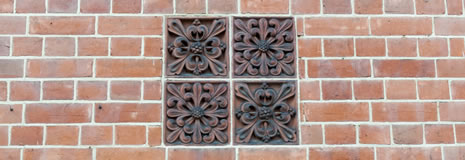Covid-19 Coronavirus

Advice for Residents from Wokingham Borough Council
Follow the Public Health England advice to:
* Wash your hands thoroughly and frequently using soap and water - this is the best way to kill the virus.
* Catch coughs and sneezes in a tissue, and then throw it away.
If you have questions about coronavirus, Covid-19 and your health – such as what the symptoms are and how to stop it spreading - then you should refer to the NHS website for information.
If you have questions about the situation – such as the number of cases and where they are, and what countries are affected - then you should refer to the Public Health England (PHE) website for information.
We’ve received a number of questions about what it means if you have had contact with someone who is then required to be self-isolating. Here’s an update from David Munday, the lead Public Health Consultant for Berkshire:
“Covid-19 is like most coronaviruses and we think primarily spreads from person to person via respiratory droplets, for example when someone coughs or sneezes. You catch it from someone who is showing symptoms. That’s why the most important advice is to catch your cough or sneeze in a tissue, and to wash your hands frequently and thoroughly.”
“Self-isolating is another word for quarantine. It means staying in-doors and away from other people to avoid spreading the virus. You only need to self-isolate if you have been in contact with someone who is confirmed to have Covid-19 and have been told to by Public Health England or the NHS. You don’t need to self-isolate if you have been in contact with someone else who had contact with the confirmed case. For example, Willow Bank Infant School had a confirmed case. Staff and children who were in contact with the person have been asked to self-isolate. But if you visited the school, played with other children or talked to a parent – even if they had contact with the confirmed case – you don’t need to self-isolate.”
| Situation | Action |
|---|---|
| Someone has a confirmed case of Covid-19 | Isolated in hospital and treated |
| Someone had contact with a confirmed case of Covid-19 while that person was having symptoms | PHE will assess how much contact there was and ask the person to self-isolate and/ or monitor closely for symptoms |
| Someone had contact with a person who in turn has had contact with a confirmed case (but has no symptoms and is not a confirmed case themselves) | No action needed – no contact with a confirmed case |
| Rest of population | No action needed – no contact with a confirmed case |


